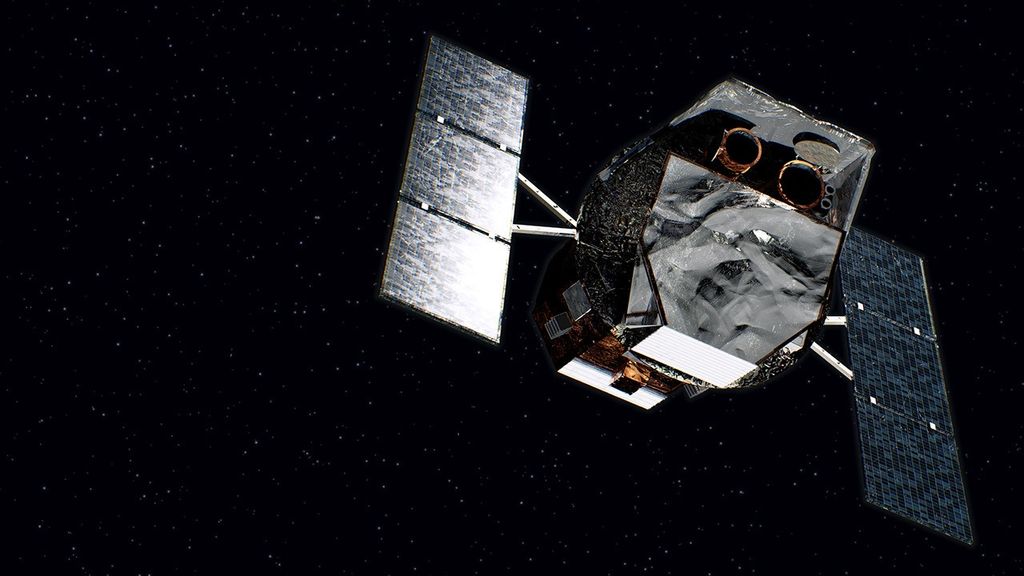The science team today had a few tough decisions to make to balance time and power. The three activities that must be balanced were arm activities (including high-resolution imaging and chemistry measurements), remote activities (including multispectral imaging and remote chemistry analyses), and driving to our next location along the Vera Rubin Ridge. The team obviously doesn't want to drive away from interesting locations that haven't been fully investigated, so there was a lot of discussion regarding whether we've fully characterized this extremely interesting region. At the end of the discussion, the team decided to forego any arm activities, which would allow Curiosity to obtain several more remote measurements before hitting the road towards the next location. The plan is for Curiosity to begin her drive eastward in the early afternoon, towards another well-exposed outcrop on top of the Vera Rubin Ridge.
Curiosity will begin her science investigations around 10:45am local time, when she will acquire Mastcam multispectral data for three science targets investigated over the previous two days ("Stranraer," "Burghead," and "Walls Peninsula"), in addition to a multispectral image of the calibration target. Curiosity will then switch to ChemCam chemistry observations of the red nodular rock target "Sullom Voe." These chemistry observations will include five times more laser pulses than typical ChemCam measurements, as the team is hoping to investigate whether we can see compositional variations as the laser pulses bore deeper and deeper into the rock surface. A more typical ChemCam chemistry measurement will then be made on the target "Papa Stour," a fractured and potentially vein-rich piece of outcrop in front of the rover. Following these chemistry measurements, Mastcam will again be put to use to acquire high-resolution color images of the targets "Muckle Roe" and "Mousa Broch," two high-standing rocks with interesting erosion patterns, as well as a context image of "Sullom Voe" for ChemCam context imaging. Curiosity will then finish her scientific activities with black-and-white Navcam images to search for dust devils in Gale crater. After Curiosity's drive, she will acquire standard post-drive imaging in preparation for the science team to interpret all of the data and the rover's workspace tomorrow morning!
With the exception of the targets "Stranraer" and "Burghead," which were both selected in previous sols, all of today's targets are named after features or locations in the Shetland Islands located northeast of Great Britain. As exclaimed by our geology science theme lead John Bridges (himself in the United Kingdom at the University of Leicester) after selecting target names, "today is a Shetland day!" It's only appropriate that we're investigating Shetland-named targets here up on the Vera Rubin Ridge, where red rock targets are distributed throughout the workspace. The Shetland Islands host numerous outcrops of the Devonian-aged Old Red Sandstone, which are fossil-bearing red-hued sedimentary rocks. Here's to hoping to someday explore fossil-bearing sedimentary rocks on Mars!
Written by Mark Salvatore, Planetary Geologist at University of Michigan



































